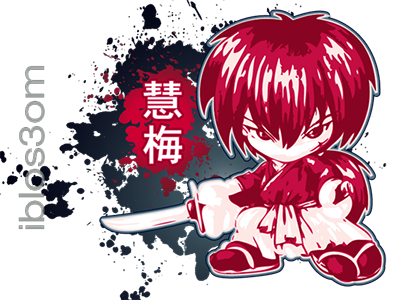丱 guàn
: the two tufts of hair on a child’s head (a traditional way to dress had); young; underage
礦[矿] kuàng
noun
: archaic form 丱
: ore; mine
none applicable
揚巻 | あげまき agemaki
noun
: old-fashioned boys’ hairstyle
: Meiji period women’s hairstyle
: type of dance in kabuki
: knots in colour of four cardinal points hanging from the roof above the sumo ring (color)
: constricted tagelus (Sinonovacula constricta); Chinese razor clam
鑛 OR 鉱 | あらがね aragane
noun
: ore
こう kou
礦[矿]石 kuang4shi2: ore [礦石 | こうせき kouseki: mineral; ore]
礦[矿]泉水 kuang4guan2 shui3: mineral spring water
礦[矿]山 kuang4shan1: mine
礦產[矿产] kuang4chan3: minerals
礦[矿]井 kuang4jing3: a mine; mine shaft
銅礦[铜矿] tong2kuang4: copper mine; copper ore
煤礦[矿] mei2kuang4: coal mine; coal seam
富礦[矿] fu4kuang4: high-grade ore
工礦[矿] gong1kuang4: industry and mining
丱 The character is a picture of the two tufts of hair sticking up. It is not in modern use as an independent character. It is a child’s hairstyle bound in two tufts
Historical Variant.
卝 kuang4
礦
形声 Pictophonetic.
石 (shi1: stone radical 112) suggests the meaning while 廣 (guang3: broad) provides the sound.
簡體 Simplified.
矿. Derived from generic character simplification rule #35 (廣 » 广) via omission of part of the traditional character.
Semantic: 鑛 kuang4
Examples:
none applicable
Resources: Chinese Dictionary | Japanese Dictionary

